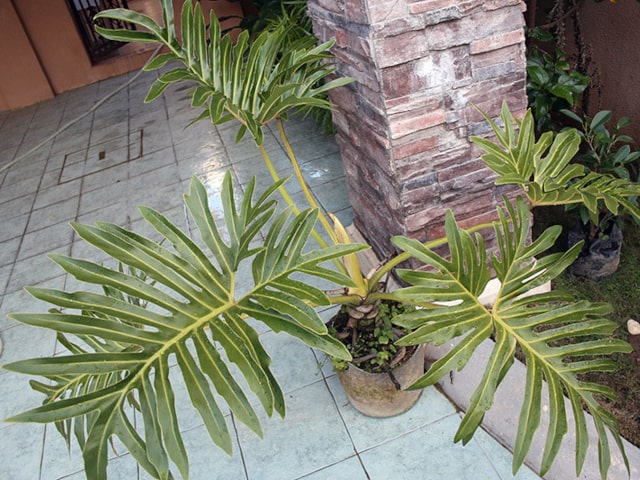
Philodendron Selloum, also known as Hope Selloum, is a gorgeous plant native to the tropical areas of South America. They are known for their gorgeous lobed leaves that can add a tropical atmosphere to your home. This is why many people decide to grow these plants in their houses or even apartments.
Philodendron Selloum leaves can also be used as cut plants in a vase. They can survive for months like this, as long as you remember to change the water once per week. This way, you can have gorgeous Philodendron Selloum leaves all around your home without the plant taking too much space.
Philodendron Selloum Care
Philodendron Selloum likes soil that is lightly moist at all times. Keep this in mind when caring for this plant. Philodendron Selloum is ab epiphyte with aerial roots, so it is very sensitive to overwatering. You cannot keep it in soil that is too soggy because it can become waterlogged. In turn, this can cause numerous other problems, such as root rot and fungal infections.
Generally speaking, you should water your Philodendron Selloum when the top 2 inches of soil are dry, and not before that. This means that you will generally get to water your plant about once per week.
Keep in mind that Philodendron Selloum generally likes to be on the drier side, so it is important to use a higher ratio of drainage material in your potting mix. You may also add some aeration stones on the bottom of the pot as well as mixed into the soil. The best planter and container for Philodendron Selloum is a shallow one that is placed on the ground, or specific high planters. You may also use planters with stands for your Philodendron Selloum.
Another thing to keep in mind is that Philodendron Selloum is a tropical plant and it prefers a humid and warm environment, so you need to provide this inside of your home. Also, it needs a moderate amount of water and light. It means that it's best to place your Philodendron Selloum in an area where it can receive medium to light indirect light. It is very important never to subject your plant to the direct light. It can tolerate high light conditions, but this may bring the need to some additional care, so keep that in mind. At the same time, Philodendron Selloum does not do well in low light conditions, so do not place it away from a light source.
In general, house plants will thrive when they are fertilized spring through fall. Fertilize once a month with an organic houseplant fertilizer, following the package instructions for dilution and administration. Greenery NYC uses an organic potting mix with a slow release fertilizer in the soil, so your plant will not need fertilizer within the first 6 months of receiving it.
Potential Problems
Keep in mind that Philodendron Selloum grows toward the light, so its stems will be longer on the side with most light. This can lead to an uneven look of your plant. To prevent this issue, make sure to rotate your Philodendron Selloum regularly. This will ensure that all sides of the plant receive equal amount of light and your Philodendron Selloum will grow evenly in all directions.
If you notice your Philodendron Selloum, don't panic. There are a few common causes of this problem. The main one is underwatering. This is particularly true if you notice yellow leaves with crispy brown spots on the edges. If you encounter this issue, make sure to check the soil to see if your plant needs to be watered immediately.
On the other hand, yellowing of the leaves can be due to overwatering. This is particularly true if you notice both yellow and brown patched on the same leaf. Again, check the soil to see what needs to be done with your Philodendron Selloum and if you should lower the amount of water you provide to your plants.
However, do not mistake a perfectly normal occurrence of aerial roots for a problem! Remember, your Philodendron Selloum will develop aerial roots, and they look like leafless brown growths coming out of the plant. These are perfectly normal and very beneficial to the plant. The aerial roots ensue more support to your Philodendron Selloum, and they allow it to climb in nature and reach for more light. The roots may look weird, but they are a normal occurrence, and they will not damage the walls or other surfaces. If they get out of hand and too unruly, you can always prune them back a little. Just don't go overboard because these are beneficial to your plant.
Another issue you may encounter is your Philodendron Selloum getting too large. Luckily, there are effective things to control the growth of your plant. If you ever notice your Philodendron Selloum getting too big, simply prune it back. Keep in mind that these plants are hardy and can handle a lot of pruning and trimming.
Another way to control your Philodendron Selloum is to train it to follow ties and stakes. This is a great way to make your plant grow where you want it to, and to make it stay away from spots that you wish to keep free. With support structures used, you may not even need to prune your Philodendron Selloum often.
Photo credit: Ivan
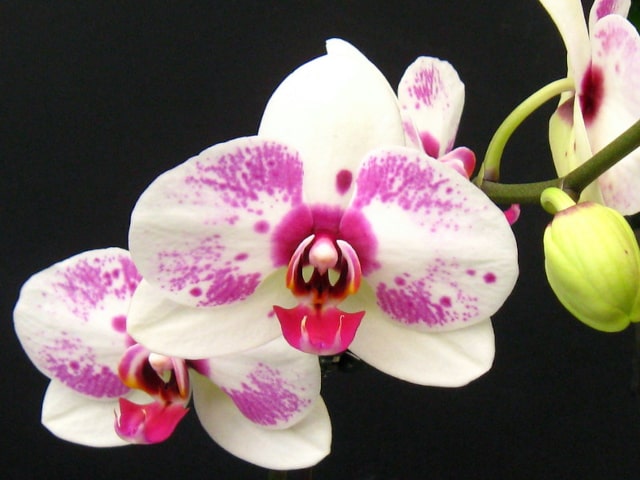
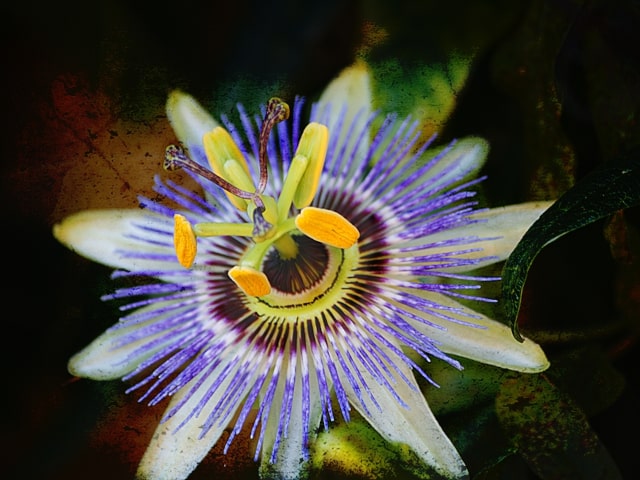
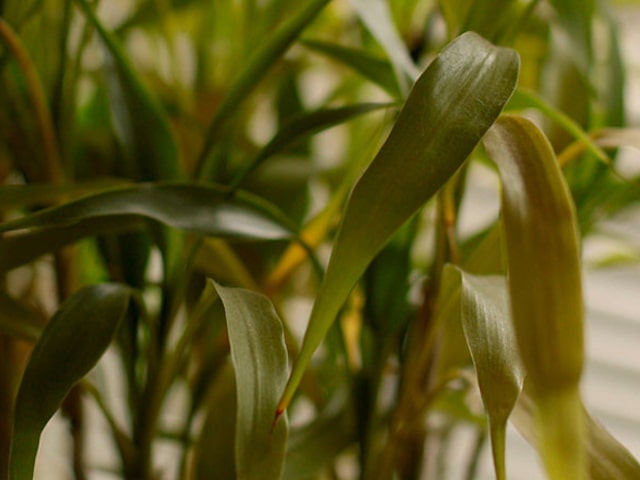
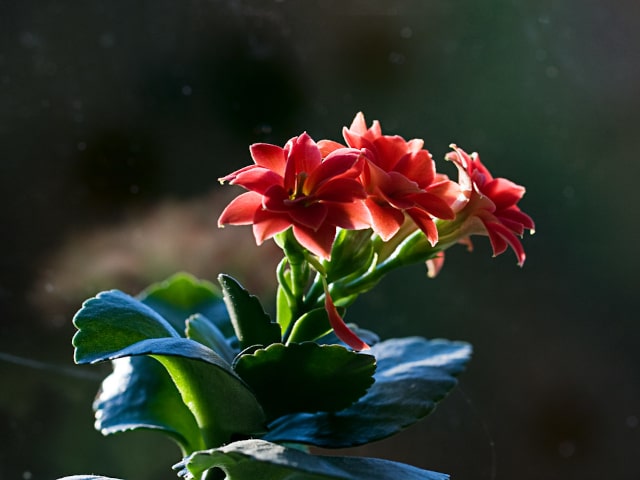
0 Comments